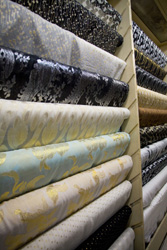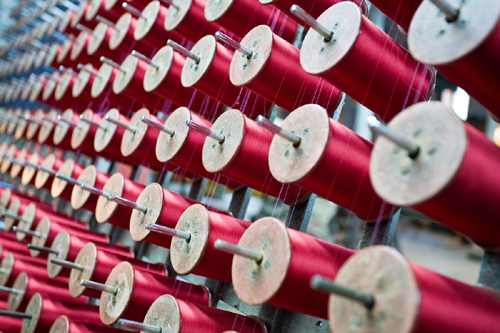Silk In Heavenly HangzhouDaniel Allen
In addition to the picturesque West Lake and Longjing Tea, Hangzhou is also widely renowned for its silk. Generally regarded as the cradle of Chinese silk culture and production, the capital of Zhejiang Province has played a pivotal role in the history and development of this highly prized material. A visit to the city today is a great way to learn more about silk, and to pick up some reasonably priced, high quality silk products at the same time. Revered in China as the "colorful clouds in the sky," Hangzhou silk is famous for its soft texture, shiny color, and fine, smooth feel. Early in the Han Dynasty (206 BC - 220 AD), Hangzhou silk was introduced to foreign countries via the Silk Road. Today the city produces a wide variety of silk products that sell well on both domestic and international markets, and the silk industry has greatly fueled the economic growth of the city.
Early Chinese texts credit Empress Lei Zu, wife of legendary Yellow Emperor (third millennium BC), as the inventor of sericulture, teaching people how to domesticate silkworms and transform cocoons into clothing. Silk worm farming in China was originally restricted to women, and many women were employed in the silk-making industry. At times in China's history bolts (rolls) of silk were used as currency and also for buying off invaders. Even though some Chinese viewed silk as useless luxury, it provoked such a craze among high society that strict rules were used to regulate and limit its use to the members of the imperial family. For nigh on a thousand years the right to wear silk was reserved exclusively for the emperor and the highest dignitaries. Eventually the wearing of silk did extend to other classes of Chinese society, and it began to be used for decorative means and also in less luxurious ways - for musical instruments, fishing, and bow-making. However, peasants did not have the right to wear silk until the Qing Dynasty (1644 - 1911 AD). 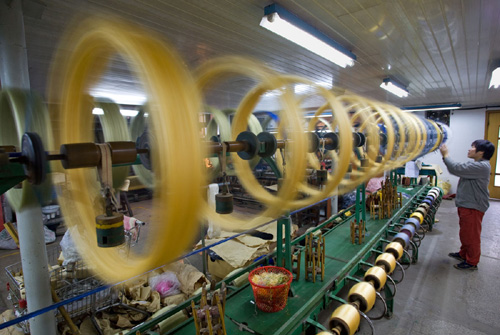 From around 700 BC Chinese silk traveled along the Silk Route, and it was widely treasured across the Roman Empire; fragments of silk from China have been found in Egypt, Greece, Germany, Syria and England. The Romans called China "Seres", derived from the Greek word for silk - as if the place were indistinguishable from its most coveted product. Irrespective of legends, historians do know that silk production in China is at least 5,000 years old - the age many Chinese give for their civilization itself. In the 1950's archaeologists unearthed 4,700-year-old silk ribbons in a site close to Hangzhou. Inscriptions about silk appear on oracle bones, the objects on which Chinese inscribed their earliest written language. Designs that look like embroidery cover the bodies of the bronze figures that are among the Chinese people's first images of themselves. 
 By the time Marco Polo wrote about Hangzhou (a city he called "Kinsai"), noting the sums the city's government made from taxes on silk merchants, China's trade with Persia had already transferred the technology for processing silkworm cocoons to the West. Yet the Chinese continued to innovate and adopt patterns and styles from abroad. Polo noted the Mongols wore satins that mixed silk with gold - a technique they picked up in Persia. During the Ming and Qing Dynasties (1400 - 1900 AD) specialization in production resulted in a wide variety of novel weave structures and brilliantly colored patterns, and it was at this time Hangzhou housed workshops principally responsible for clothing the Emperor and his court. Today, silkworm farming in Hangzhou is still a cottage industry. For the duration of their short lives, the silkworms are kept on woven trays, eating fresh mulberry leaves in very exact environmental conditions. After about four weeks the silk worms, which are actually a species of caterpillar known as Bombyx Mori, then spin a cocoon. The best quality silk comes from cocoons produced from a single strand of silk - and caterpillars from in and around the Hangzhou area do exactly that. 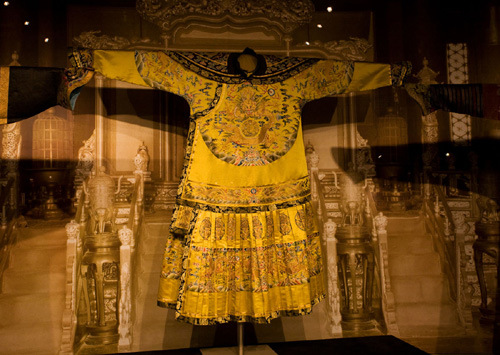 Most of the raw silk produced in Hangzhou is processed in local factories, with many of the clothes and other silk products exported overseas. Still, enough remain in Hangzhou to make it an excellent place to pick up a bargain or two. Extending over 25,000 square meters, Hangzhou's Silk Town is the largest silk market in China, with more than 600 silk shops selling a wide variety of pure silk fabric, silk garments and silk handicrafts. The adjacent and recently-opened Huanbei Center is a multi-floor building also housing many silk clothing shops. Shop around and remember to bargain hard. Another silk-related Hangzhou destination definitely worth checking out is the China National Silk Museum, which showcases every stage of traditional silk production, as well as outlining the history of silk in China. On display are looms, brocades, and a rotating exhibit of historical robes from different Chinese dynasties. The first floor shop has the city's largest selection of silk, and sells it by the meter. 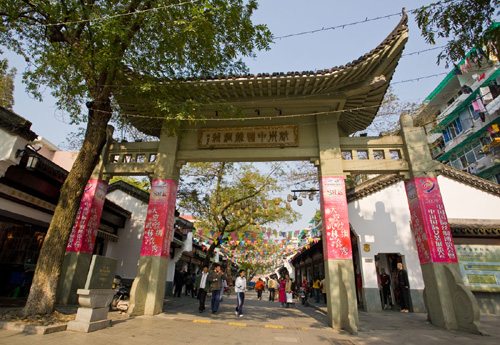 Further InfoShopping Hangzhou Silk Town & Hangzhou Huanbei Silk And Fashion Center are located at the crossroads of Xinhua Lu, Jiankang Lu and Fengqi Lu. Learn more Du Jin Sheng Silk Weaving Factory and Museum A great place to watch Hangzhou silk being woven. The factory produces brocade, a very high quality silk product with a raised pattern. Founded in 1922, Du Jin Sheng received wide acclaim at the Philadelphia International Expo in 1926, where it won a gold medal for a multicolored brocade landscape. The museum has exhibitions that display the factory's array of brocade products. Address: 519 Fengqi Lu Tel: +86 (0)571 8516 5609 / 5629 China National Silk Museum ( Zhongguo Sichuo Bowuguan ) A fascinating destination in its own right (admission free), the largest silk museum in the world also boasts a number of shops selling ready-made silk garments and off-the-roll silk, purchasable by the meter. Address: 73-1 Yuhuangshan Lu Tel: +86 (0)571 8706 2129 Web: www.chinasilkmuseum.com 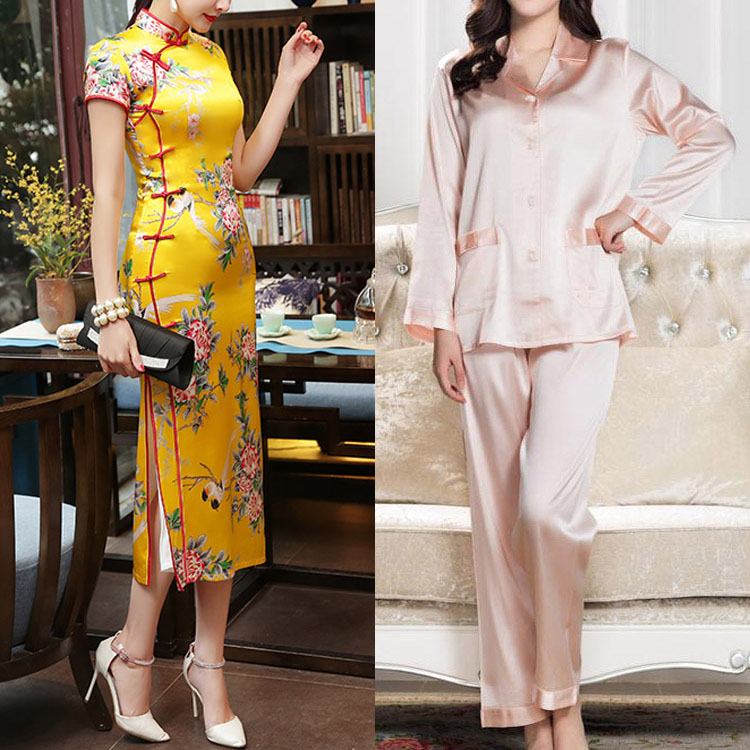 (责任编辑:admin) |

